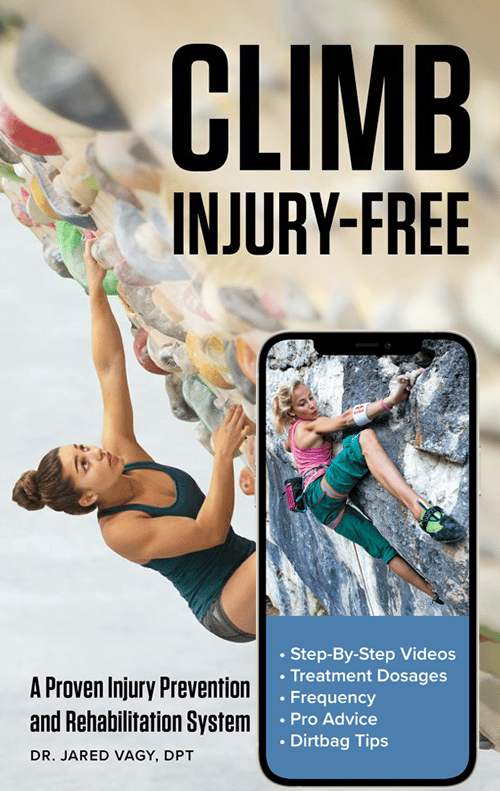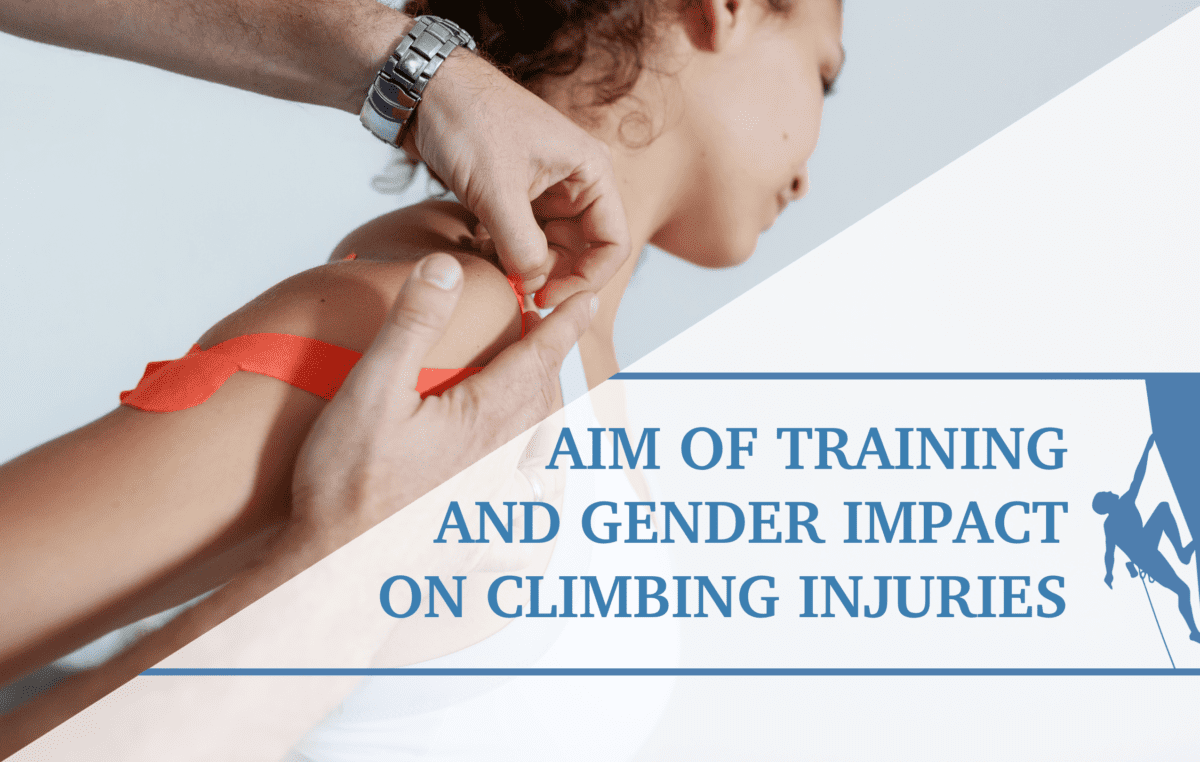Reliability and Validity of Ultrasound in Identifying Anatomical Landmarks for Diagnosing A2 Pulley Ruptures: A Cadaveric Study
The article, by Xeber Iruretagoiena et al called “Reliability and Validity of Ultrasound in Identifying Anatomical Landmarks for Diagnosing A2 Pulley Ruptures: A Cadaveric Study”, focuses on the use of high-resolution ultrasound (US) to diagnose finger pulley injuries, particularly the A2 pulley, common in rock climbers. This cadaveric study aims to assess the reliability and validity of ultrasound in identifying anatomical landmarks crucial for diagnosing A2 pulley ruptures, especially comparing US measurements to those obtained through cadaver dissection.
Background
With the growing popularity of rock climbing, injuries related to the sport, particularly finger pulley injuries, are on the rise. Among these, the A2 pulley is most frequently affected. Diagnosing these injuries correctly is critical for effective treatment, and high-resolution ultrasound has emerged as a key diagnostic tool. This study focuses on the reliability and validity of ultrasound for diagnosing A2 pulley ruptures using anatomical landmarks, specifically the midpoint of the proximal phalanx (PP) and the distal edge of the A2 pulley (DA2), which are important for measuring tendon-bone distance (TBD).
Study Objectives
The primary goal was to determine the reliability and validity of ultrasound in identifying the two anatomical landmarks (PP and DA2) for diagnosing A2 pulley ruptures, comparing US results with measurements obtained from cadaver dissection using digital calipers.
Methods
The study was conducted on 36 fingers from cadaver arms. Two experienced sonographers performed ultrasound measurements, while a third observer, blinded to their results, measured the same anatomical points post-dissection using calipers. The study focused on two measurements:
- PP distance: the length of the proximal phalanx.
- A distance: the distance between the distal edge of the proximal phalanx and the distal edge of the A2 pulley.
Both the reliability of the ultrasound measurements (the consistency between the two sonographers) and the validity (how closely the US measurements matched the caliper measurements) were evaluated. Statistical tools such as the Intraclass Correlation Coefficient (ICC) and Passing-Bablok regression were used for this purpose.
Results
- PP Distance: Ultrasound measurements were found to be shorter than caliper measurements, but the differences between the two sonographers were minimal. The reliability of the PP distance measurements was high (ICC 0.98 to 0.99), especially between sonographers, suggesting ultrasound is a reliable tool for identifying this landmark.
- A Distance: The results for the A distance were less reliable. While agreement between the two sonographers was still relatively high (ICC 0.79 to 0.89), the reliability was much lower when comparing ultrasound to caliper measurements (ICC 0.27 to 0.46). This suggests that while ultrasound is useful, the measurement of the distal edge of the A2 pulley is less consistent.
Discussion
The study concludes that ultrasound is a reliable and valid method for measuring the PP distance, making it a useful tool for diagnosing A2 pulley injuries. However, the A distance measurement was less reliable, particularly when compared to caliper measurements. This is significant because the A2 pulley is often involved in both partial and complete ruptures, and accurate diagnosis is key to differentiating between these two types of injuries.
Despite these limitations, the study supports the use of ultrasound for identifying the midpoint of the proximal phalanx, which could help standardize diagnostic practices. The lower reliability of the A distance measurement points to the need for further refinement in ultrasound protocols for identifying pulley injuries.
Conclusion
Ultrasound proves to be a reliable and valid tool for identifying anatomical landmarks, particularly for measuring the PP distance, which is crucial in diagnosing A2 pulley ruptures. However, the measurement of the A distance requires further research to improve its accuracy. This study contributes to ongoing efforts to standardize ultrasound examination protocols in diagnosing pulley injuries in rock climbers.
See below for a great resource to help with ultrasound pulley rupture landmarks:
Reliability and Validity of Ultrasound in Identifying Anatomical Landmarks for Diagnosing A2 Pulley Ruptures: A Cadaveric Study
Fullscreen ModeResources compiled by Jennifer Yarin PT, DPT – Doctor of Physical Therapy: Climbing SIG Senior TA and Social Outreach Committee Chair
- Disclaimer – The content here is designed for information & education purposes only and the content is not intended for medical advice.




